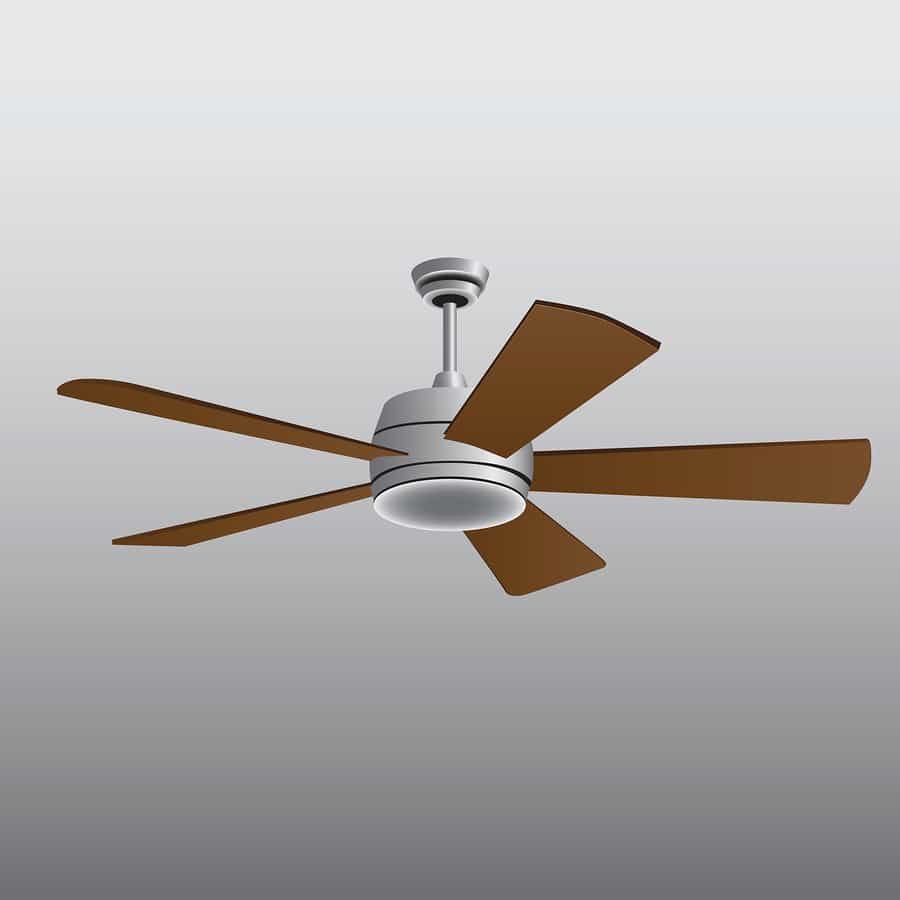Simple Ways to Maintain a Ceiling Fan
Who else better than a home owner knows how to ensure well-maintained and stylish home. There are quite a few items to consider when it comes to home maintenance. While basic items are always there, such as electricity connections, power supplies, floors, walls cabinets and furniture, there are certain things that may not look as important as they are because of their respective purposes.

Ceiling fan is one of those items seldom considered for maintenance. Perhaps, it’s more maintenance-free and long lasting than your refrigerator, computer or kitchen appliance. However, you cannot deny the fact it’s the basic necessity for every home, large or small.
This post talks about the maintaining your ceiling fan, but before you jump on to the steps, you should understand why you should maintain it.
When Ceiling Fan is not Working Properly
A ceiling fan that does not operate properly, causes annoyance. It makes annoying sounds and too much noise at times. While the irritating noise disturbs you in your sleep, it is also an indication of other risks.
A noisy ceiling fan mostly has misaligned blades that cause wobbling. If not checked thoroughly and timely, it can cause damages.
- It can cause operational issues in the motor.
- Consistent wobbling will loosen the screws attached to the downrod, due to which there is a threat of it falling down anytime and cause injuries.
- It may not only damage the floor, but there will be a spot on the ceiling as well. It may open up the concealed wiring in your room’s ceiling.
If your ceiling fans has a serious problem can lead to breaks, you can learn about how to repair your ceiling fans on here
Proper Maintenance Saves Money
While you can avoid repair expenses and other damages through periodic maintenance, you will also reduce your energy expenses. According to Energy Star program, a properly installed ceiling fan helps in saving energy.
So, where you get a noise-free room at home, you will also feel happier cutting off your utility bills.
Timely Maintenance Saves Replacement Cost
For most home owners, replacement appears to be the only option, although a little maintenance or a simple repair can save their money. In the long run, if you keep on following these steps, you will not only have a calm and safe room, you can save a lot of money on replacement.
Now, let’s move on to maintenance steps.
- Disconnect your power supply
Before you begin the DIY maintenance project, make sure that the ceiling fan is not connected to the power supply. It means:
- You have to switch off the power
- Switch off the power supplies from the circuit breaker
This is just to ensure extra protection from electric shocks while working.
- Check the electrical box rating
If your ceiling fan is wobbling, you need to check the rating on the electrical box used for hanging the fan. If the rating on the electrical box differs from the load of the ceiling fan, you need to replace it with the one that is meant for your ceiling fan.
In order to remove and replace the electrical box, there two ways:
- Access the electrical box by removing the ceiling fan from support bracket, or
- Access the box from the attic.
If you cannot replace the electrical box on your own, find a professional contractor to perform this task. Make sure he’s genuine and experienced.
- Inspect the support bracket
If the electrical box has the rating according to the ceiling fan, you can move on to this step. Lose support brackets also cause wobbling in a ceiling fan.
Test the support bracket by shaking it with your hands. If you find it moving, tighten the screws to make sure your ceiling fan does not wobble and become looser.
- Check all the screws and bolts
Needless to say there are many screws and bolts in a ceiling fan, They connect the fan with the support bracket and motor with the blades etc. Inspect these screws and tighten the ones that were loose initially.
- Inspect the fan blades
In order to check, whether all blades are on the same level, measure the distance of each from the ceiling and from the floor. If any of the blades show difference in measurement, it is a bent blade and it should be replaced.
Contact the manufacturer and ask for the blade of the same model of the ceiling fan that you have. It is difficult to replace a blade, because it may bend in the process of installation. You may consider hiring an expert electrician to remove the old blade and install the new one.
- Anti-Hum control
Sometimes, there is no wobbling in your ceiling fan, yet it makes a humming noise. In order to remove this noise, think about installing an anti-hum control in your ceiling fan.
The rule of installing anti-hum control is, it should be compatible with the fan motor. These devices are more suited for high-end and high-quality motors, instead of those with low rating.
Conclusion
If you experience that the ceiling fan in your room wobbles, or makes annoying sound, it’s time for the repairs. Periodic maintenance checks, however, will help you avoid these issues and save a lot of money as well.
